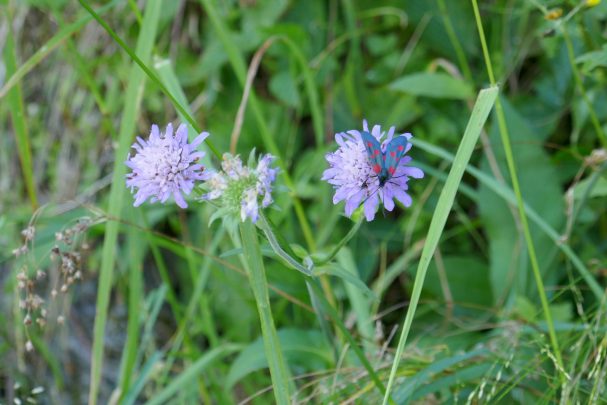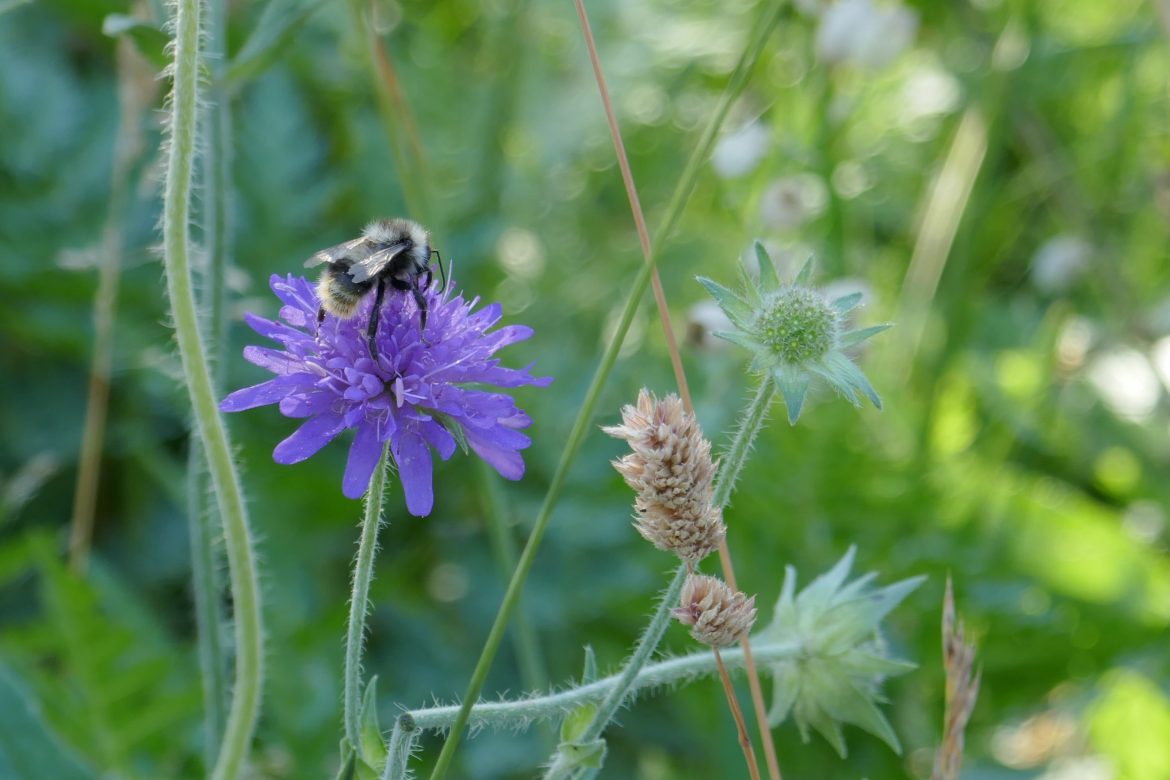Scabiosa, also known as Scabiosa, pincushions for their cute button-like blooms, these plants are staples in every South African garden.
Nothing quite beats the gentle sway of a ruffled Scabiosa flower in a spring or summer breeze. In classic garden colours such as white, mauve and lavender, these delicate blooms fit effortlessly into any garden design.
Despite what their dainty blooms may imply about their growth, members of the Scabiosa genus are remarkably tough, establishing themselves quickly in many South African gardens. The indigenous species in particular, Scabiosa african and Scabiosa incisa, are great herbaceous perennials for both new and experienced gardeners. They don’t require much watering or excessive maintenance, are relatively cold-hardy, and bloom prolifically for several months of the year. On top of these wonderful benefits, they also attract a wide range of pollinators to your garden – particularly butterflies and bees.
Found along mountainsides in the Western Cape, indigenous Scabiosa species need sandy, well-draining soil and a full sun position to thrive. They can also handle slight shade but need a good amount of sunlight to bloom prolifically. Pair with other pollinator-friendly perennials, such as Salvias and lavender, for a garden buzzing with activity.
Here are some general guidelines on how to grow scabiosa:
1. Soil Preparation:
-
- Prepare the soil by adding organic matter like compost to improve drainage and fertility.
- Aim for a slightly alkaline to neutral pH.
2. Planting:
-
- Scabiosa can be planted from seeds or transplants.
- If planting from seeds, sow them directly into the garden in the spring or fall.
- Transplants can be planted in the spring or autumn.

Image credit: Unsplash
3. Spacing:
-
- Space the plants about 30 – 45cm apart, depending on the variety.
4. Watering:
-
- Water newly planted scabiosa regularly until they establish themselves.
- Once established, they are relatively drought-tolerant, but regular watering will promote better flowering.
5. Mulching:
-
- Mulch around the plants to conserve moisture, suppress weeds, and regulate soil temperature.
6. Fertilizing:
-
- Scabiosa doesn’t require heavy feeding. A balanced, all-purpose fertilizer applied in spring should be sufficient.
7. Deadheading:
-
- Deadhead spent flowers to encourage continuous blooming and to maintain a neat appearance.
8. Pruning:
-
- Trim back the plants after the first flush of flowers to encourage a second round of blooms and maintain a compact shape.
9. Pest and Disease Control:
-
- Scabiosa is generally resistant to pests and diseases. However, keeping the area clean and well-ventilated can prevent potential issues.
10. Support:
-
- Taller varieties might benefit from staking or other support to prevent them from flopping over.
11. Overwintering:
-
- In colder climates, provide a layer of mulch around the base of the plant to protect it during the winter.
Remember that specific care instructions may vary slightly depending on the particular variety of scabiosa you are growing. Always check the plant tag or seed packet for any specific recommendations.
ALSO SEE:
Microgreens magic: a step-by-step guide to growing nutrient-packed greens
Feature image: Unsplash
Originally published in Garden&Home Magazine.

